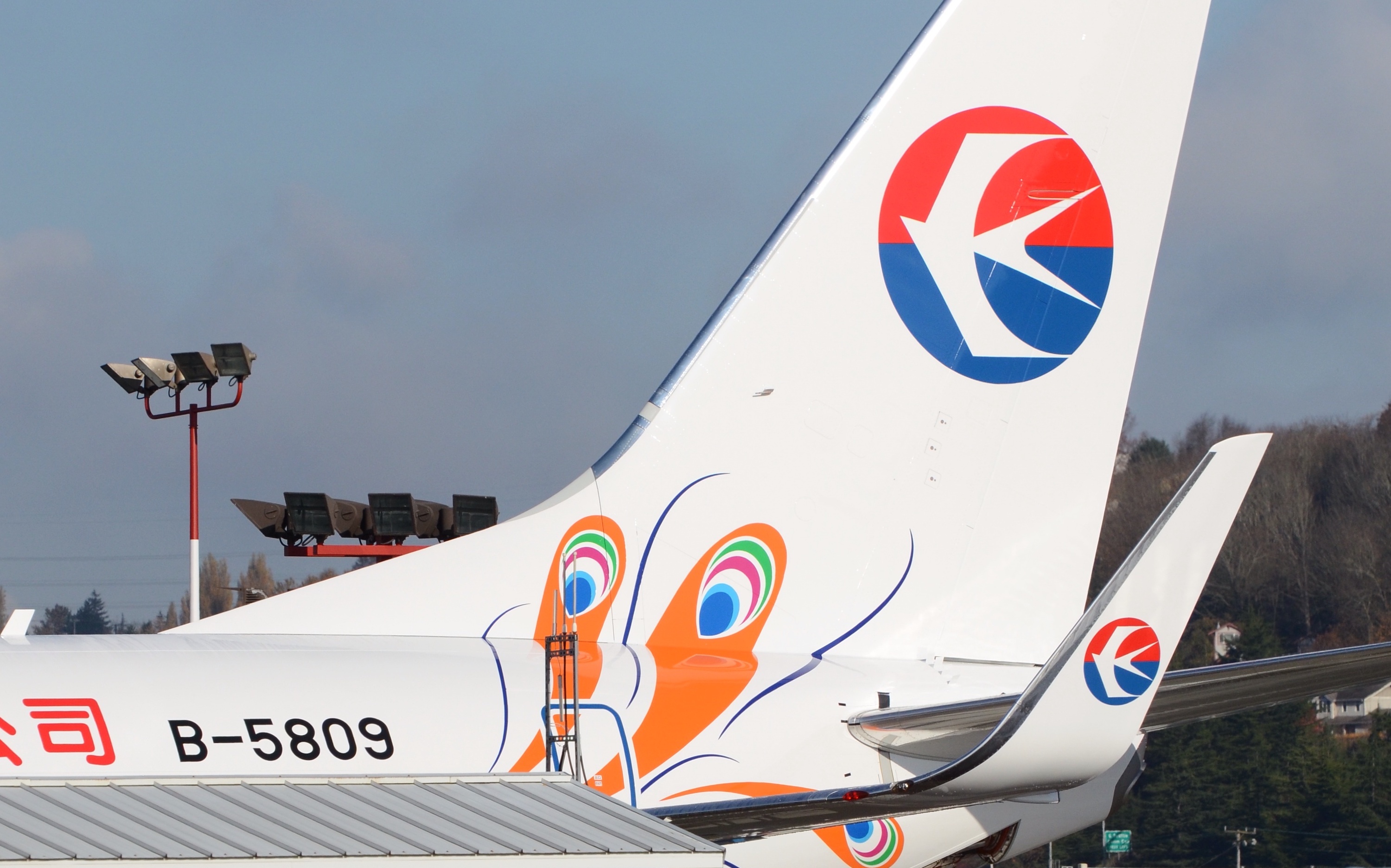China Eastern flight 5735 crashed near Wuzhou on March 21 during a flight between Kunming and Guangzhou. Chinese state media said there were no survivors found yet among the 132 aboard the flight, which descended rapidly from 29,100 feet, experiencing only a brief recovery before impacting the ground.
The steep dive, which came just before the flight’s top of descent, and what caused it, is the central focus of the newly launched inquiry into the crash. Notably, the ADS-B data stream observed by Flightradar24 during descent means the aircraft had electrical power and was able to broadcast tracking telemetry. Aviation safety experts have emphasized that the flight data and voice recorders are going to be key to determining what happened to the flight, but The Air Current assembled some relevant comparisons around the observed 31,000 feet per minute dive. (rollover for more details)
The tragic crash marks the first fatal hull loss of a jet passenger aircraft in the country since August 2010. Chinese air carriers are among the safest in the world and the North Asia (which includes China) region between 2017 and 2021 maintained a .03 hull loss rate per million departures for jets and zero for turboprops, according to IATA data.
The CAAC has a reputation as a meticulous and keenly safety-conscious regulator. The Chinese air safety turnaround of the last two decades is one of the most important foundational stories for contemporary aviation. The type of growth the country sought as it expanded into the largest single purchaser of commercial aircraft would not have been possible with its horrible safety record of the late 1990s and early 2000s.
The aircraft involved was a roughly seven-year old 737-800 (an NG not a Max), the backbone of the Chinese fleet. The 737-800 is the single most popular airplane model in China with just under 1,200 in service, out of a total of 1,363 737 Next Generation aircraft, according to data provided by ch-aviation. China Eastern has halted operations with the 106 737-800s in its fleet.

Bloomberg News, the New York Times and Reuters all noted that the crash adds additional scrutiny on Boeing at a time when the 737 Max 8 has yet to re-enter service in China. The CAAC has cleared the aircraft, but Melius Research’s Rob Spingarn noted “the MAX’s return-to-service and deliveries have been held up by China’s top economic agency, the National Development and Reform Commission that also must provide approval.” The NDRC holds enormous sway over the clearance of aircraft deliveries into the country as China’s centralized aviation planner.
Related: With China recertification, Boeing pivots to ramp 737 Max output
Air China and 9 Air separately have flown test flights in recent months with their stored Max 8s and Boeing recently flew a Shanghai Airlines Max from Seattle to Guam, in what was believed to be a ferry flight to Boeing’s Zhoushan completion center. Yet, there are other indications that Chinese airlines may soon begin route proving exercises with the 737 Max 8, but are weighed down by growing COVID cases inside China and the uncertainty around the China Eastern crash.
Write to Jon Ostrower at jon@theaircurrent.com
Subscribe to TACSubscribe to Continue Reading
Our award-winning aerospace reporting combines the highest standards of journalism with the level of technical detail and rigor expected by a sophisticated industry audience.
- Exclusive reporting and analysis on the strategy and technology of flying
- Full access to our archive of industry intelligence
- We respect your time; everything we publish earns your attention

